In the realm of dental modification, a shared legacy connects Pre-Latte Chamorros, Vikings, and Native Americans, unveiling a practice that demanded considerable courage. Across diverse cultures globally, the process of dental modification was once a widespread phenomenon, marking individuals from the Norse warriors to the Pre-Latte Period Chamorros and the Native Americans of the Great Plains.
Challenging prior assumptions that Europe was untouched by dental modification, the discovery of Viking remains in Sweden and Dorset, England, shattered this belief. The intricate filing of teeth by Norse warriors was detailed in a study by the American Journal of Physical Anthropology, examining 24 individuals from the Viking Age in modern-day Sweden and Denmark. Speculation surrounds the purpose and significance of these modifications, with suggestions that these remains may have belonged to an “occupational group,” possibly tradesmen.
Interviewed by The Guardian, David Score from Oxford Archaeology discussed the initial analysis of 54 bodies and 51 skulls found at Weymouth relief road. The purpose behind filed teeth, he remarked, remains unclear, proposing potential motives ranging from intimidating adversaries in battle to establishing one’s status as a formidable warrior.
In 2005, Caroline Arcini conducted a groundbreaking study on Viking dental modification, revealing that it was not a rite of passage. Her findings suggested that filing was done by someone else for the Vikings, and the practice was observed in adult individuals across all age groups. Scanning electron microscopy indicated that some had eaten after the filing, challenging the notion of it being a ritual associated with death.
In the Marianas, Cherrie K. Walth, a cultural resources manager from Albuquerque, New Mexico, has dedicated over 30 years to studying modified teeth samples. Walth’s extensive research spans various cultures and includes the largest sample of modified teeth in the region, encompassing prehistoric, Post-Contact, and WWII periods on Guam. She has observed labial abrasion in the samples from Guam but is still unraveling the mystery of how Pre-Latte Period Chamorros adopted this practice.
Dr. Rona Ikehara-Quebral, a Hawaii-based bioarchaeologist and osteologist, offers insights into potential motivations for dental modification, such as cosmetic reasons, social status indication, group or lineage membership, or a rite of passage. The intentions of the ancient Chamorros, who engaged in dental modification before Spanish contact, remain speculative.
Walth’s study identified two intentional dental modification types in Pre-Contact Chamorro samples: horizontal abrading and incising. Dr. Ikehara-Quebral adds details on incising patterns, encompassing vertical, oblique (diagonal), and cross-hatched (trapezoidal) designs. Notably, the abrading of teeth was a predominantly painful Pre-Latte Period practice in the Marianas, involving horizontal filing that exposed dental pulp.
According to www.history.com, intentional tooth modification was a global practice, particularly prevalent between 700 and 1400 A.D. The website cites examples such as pre-Columbian Latin America filing patterns onto teeth or adorning them with stone inlays. Similar practices were observed in Vietnamese, Sudanese, and West African tribes, sharpening their front teeth.
In exploring this shared historical practice, the convergence of dental modification rituals across continents reveals a captivating chapter in human history.



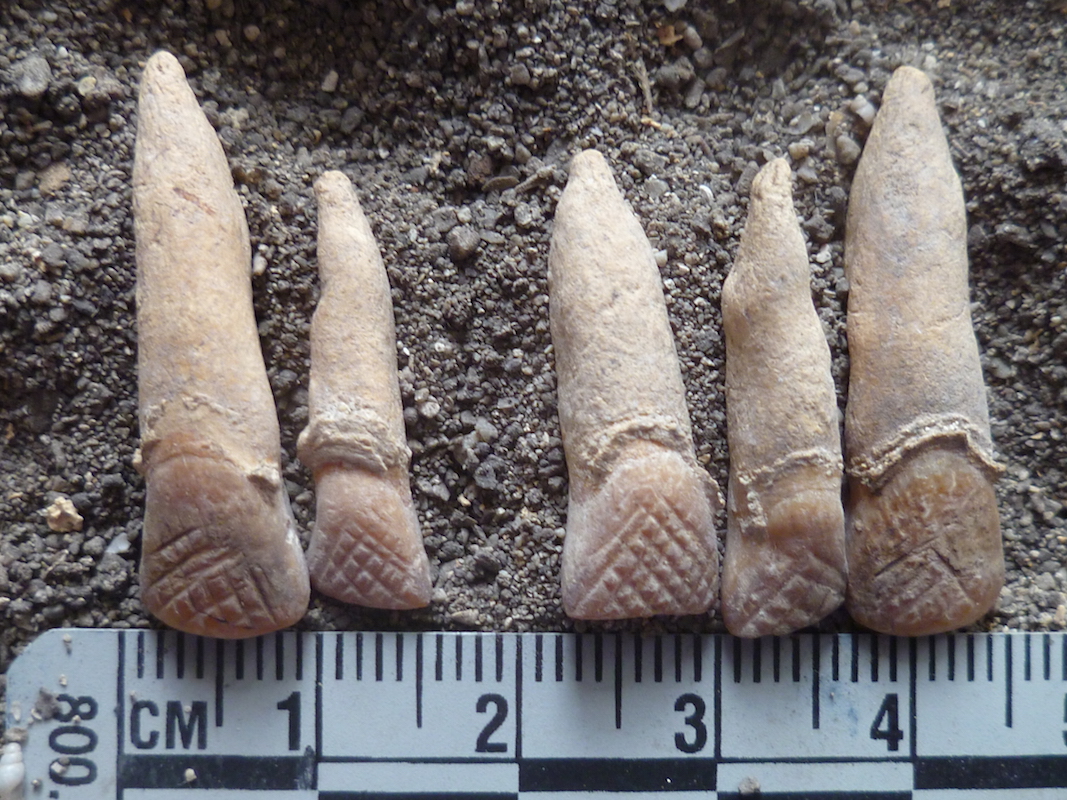
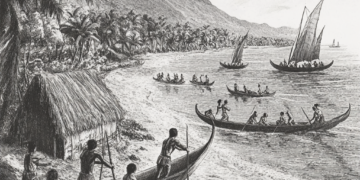


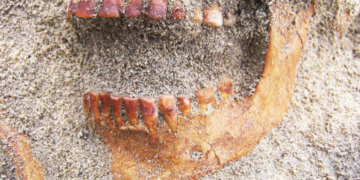
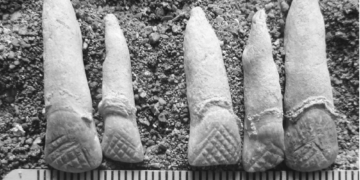
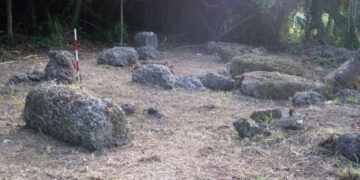



Discussion about this post